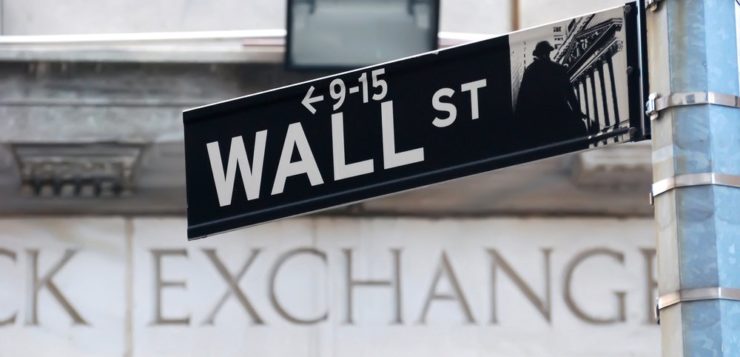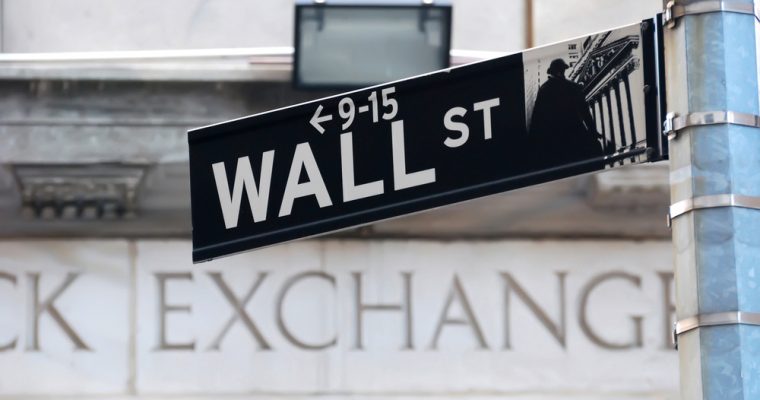Over the past eight hours, the U.S. stock market demonstrated one of the most drastic trend reversals of 2018. Meanwhile, more than $16 billion was wiped out of the crypto market.
Throughout the past 48 hours, the U.S. stock market and the Dow Jones seemed to be experiencing a steep decline in value, as the Dow Jones crashed from 25,833 to 24,261, by more than 1,572 points. It is unusual for an index in the size of the Dow to fall by over a thousand points within a two-day span.
However, on late December 6, the Dow showed an unexpected short-term trend reversal, adding nearly 700 points within merely six hours.
Inverse Correlation?
Cryptocurrencies often appeal to investors in the traditional financial market for their ability to store value in a market that is generally unaffected by broader markets. While the emerging asset class suffers in dealing with its own volatility, like gold, the value of cryptocurrencies is solely affected by the demand from investors in the market.
But, a lack of correlation between cryptocurrencies and broader financial markets is not equivalent to an inverse correlation.
As Matt Hougan, the vice president of research and development at Bitwise Asset Management said:
“Non-correlation is not the same as inverse correlation so there’s no guarantee that when the market goes down crypto will go up. Over the long term, we think the fundamental drivers of crypto are different from the fundamental driver of equities and other assets, and we would expect the low correlation to persist.”
Generally, a well-performing stock market could have a more positive impact on the price trend of major cryptocurrencies because more investors are willing to take the risk of allocating capital into high-risk, high-reward assets.
If the U.S. stock market performs poorly, which then affects most markets in Asia and Europe, individual investors tend to reallocate funds from risky assets to more stable short-term bets like cash and treasuries.
As Alan Skrainka, the chief investment officer at Cornerstone Wealth Management told USA Today, despite the trend reversal of the Dow Jones on December 7, investors still remain uncertain about the short-term trend of the market:
“Volatility is back because investors have a lot of questions: Will the trade war escalate? Will the Fed hike rates too far? Will these factors tip the economy into recession?”
Skrainka added that even stocks can be considered high-risk assets in a highly volatile period and encouraged investors to “focus on what you can control.”
How Will Crypto Perform in the Months to Come
Currently, the global economy is struggling and with instability in the relationship between two of the largest economies in the world, major stock markets will continue to demonstrate high volatility.
The crypto market could begin to demonstrate some legs and signs of a proper bottom in a low price range but until an accumulation phase is initiated, digital assets are likely to perform poorly against reserve currencies.
Featured image from Shutterstock.
Get Exclusive Crypto Analysis by Professional Traders and Investors on Hacked.com. Sign up now and get the first month for free. Click here.








